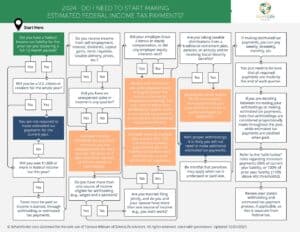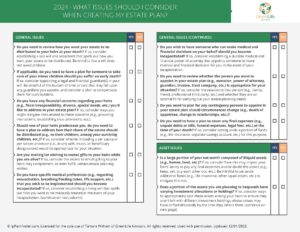As the economy stabilizes and the Federal Reserve contemplates interest rate reductions, bonds have become an increasingly attractive investment option. Historically, when the Fed has paused its rate hikes and interest rates are higher than inflation, bonds have tended to perform well. Adding bonds to your portfolio can provide valuable diversification benefits, reducing overall volatility, especially if we enter a period of lower stock returns. Inflation rates have been falling, which is good news for bond investors. American households currently have significant cash savings but low allocations to bonds. This situation presents a rare opportunity to lock in historically high yields as the Fed ends its rate hike cycle.
Bonds can be an attractive source for investors seeking a steady income stream compared to low-yielding savings accounts and money-market funds. Bond interest payments provide consistent cash flows that can be especially valuable for retirees or those living on fixed incomes.
Here are some tips for taking advantage of this bond market opportunity:
Reduce excess cash holdings beyond your emergency fund: While holding cash has been a safe strategy during the Fed’s interest rate hikes, your cash savings would earn less interest due to lower yields if interest rates start to decrease.
Build a bond ladder: By purchasing bonds with different maturity dates (a “ladder”), you can lock in today’s relatively high interest rates without worrying about future rate changes, as long as you hold the bonds until maturity. As each bond matures, you can decide whether to reinvest the proceeds into a new long-term bond or use the money elsewhere. This strategy also provides a steady stream of income before the bonds mature.
I recommend target maturity exchange-traded funds (ETFs) over individual bonds for clients. A ladder of target maturity bond funds can achieve the same objectives as a ladder of individual bonds while providing diversification across many underlying bond holdings with lower fees than those incurred in buying individual bonds.




